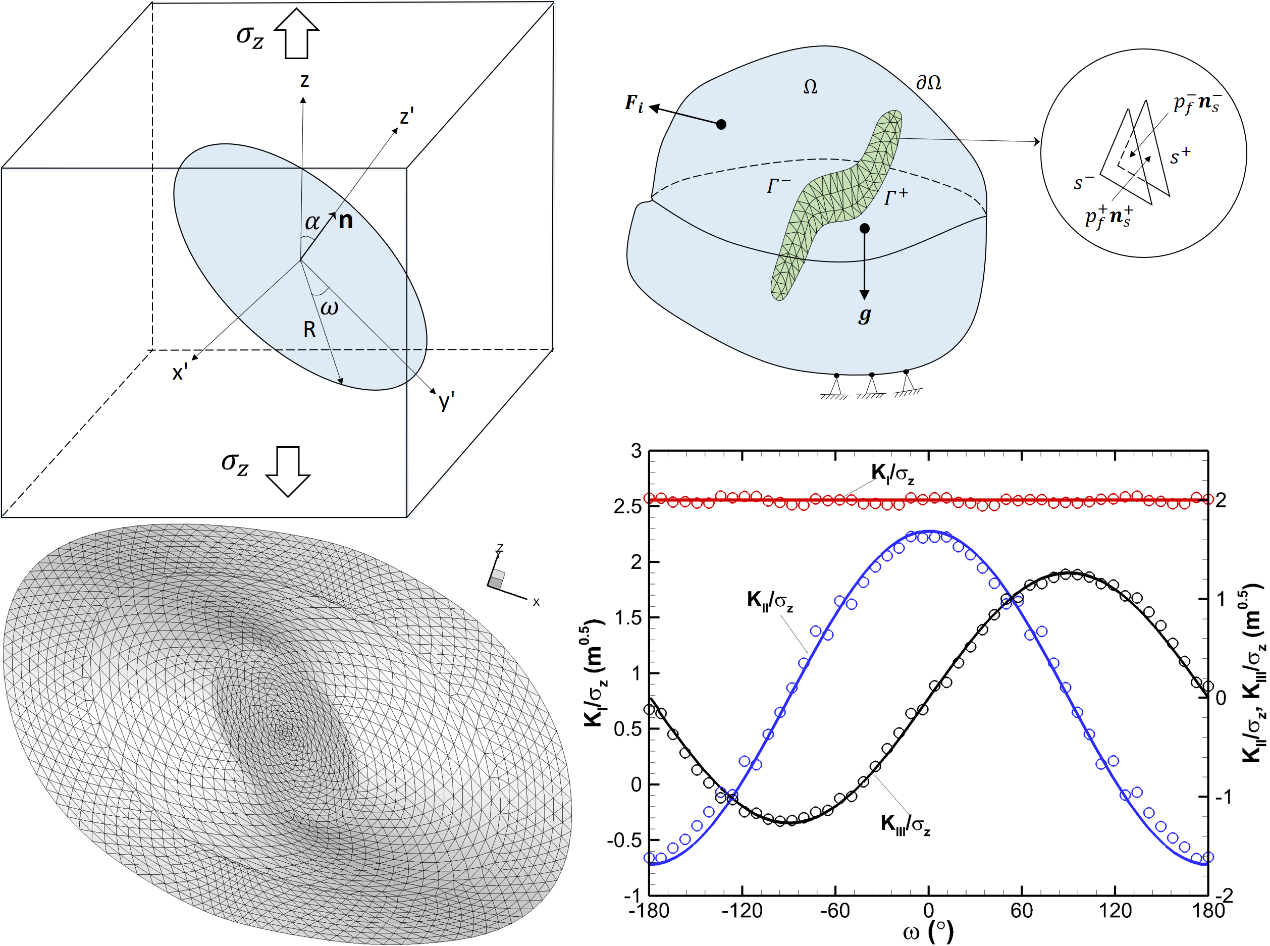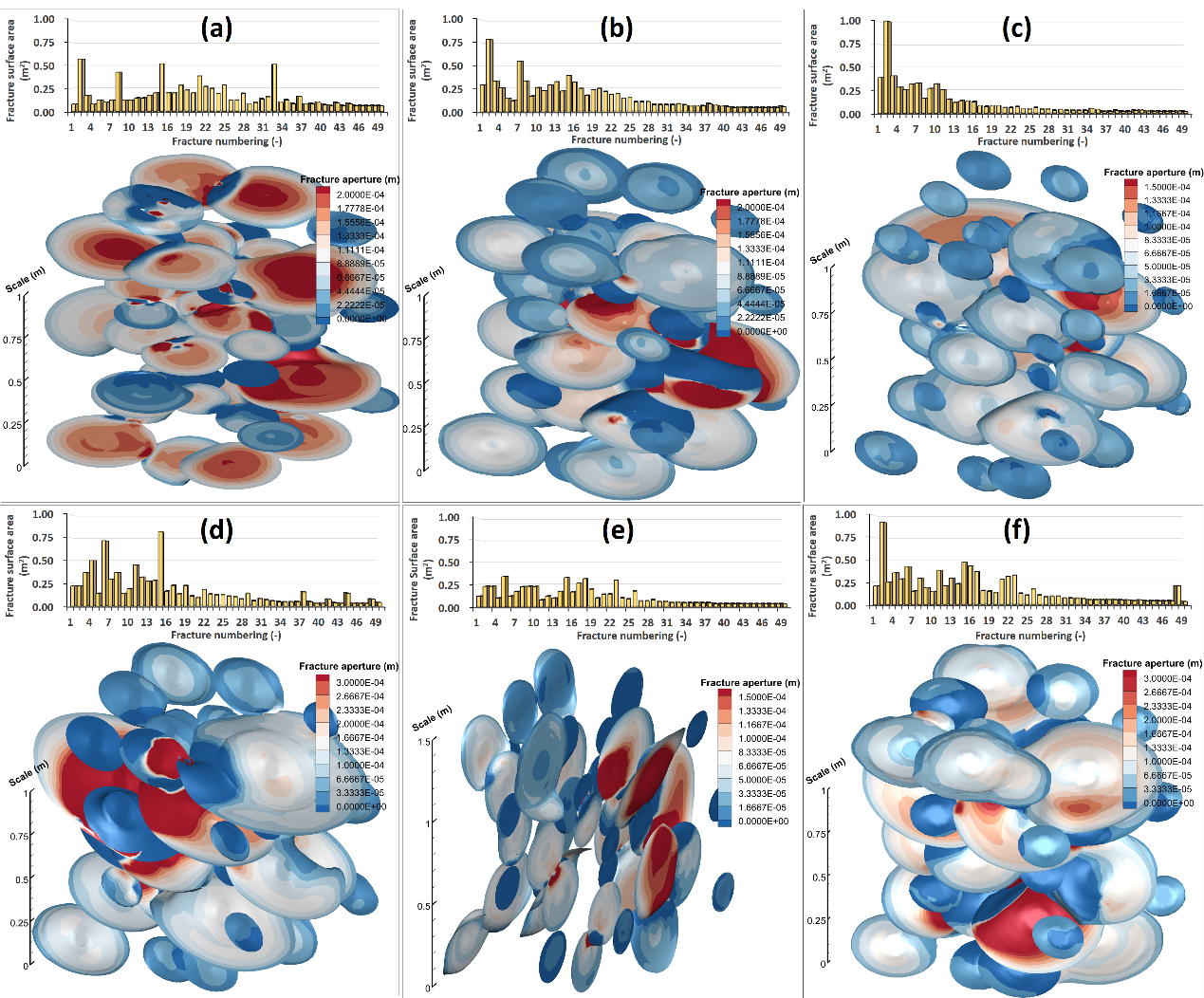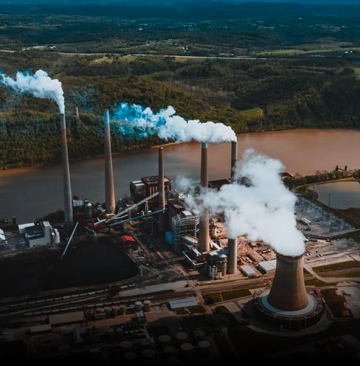SUSTech Dongxiao Zhang's team unveils improved model on multi-scale fractures propagation in Earth’s crust
A fracture in geologic terms is a broken part of the Earth's crust. Fractures can be as small as a cracked boulder or as large as a continent. Fluid-driven fracturing has long been a major topic in geoscience and geo-resources engineering. Accurate numerical modeling of fracture propagation and deflection in porous media is important in the development of geo-resources.
Recently, Professor Dongxiao Zhang’s research group of the Southern University of Science and Technology (SUSTech) has been working on the topic of the evolution of mechanical discontinuities in the Earth’s crust, which is common in nature but can be dramatically challenging in modeling. A novel coupled geomechanics and fluid flow model was proposed to elucidate the mechanisms of multi-scale fracture swarms’ growth and typical mechanical interactions between propagating fractures. Their research outcomes have been published in leading scientific journals of geosciences such as the Journal of Geophysical Research: Solid Earth and Geophysical Research Letters.

Figure 1. Numerical results of three-dimensional fracture swarms’ propagation driven by kerogen maturation in shale rocks
The fluid-driven fracturing nature phenomena include the meltwater-induced collapse of the ice sheet, magma intrusions by fluid-induced fracture of the lithosphere, evolution of echelon faults/fractures, etc. The reason why petroleum and mining engineers pay close attention to this topic lies in the extensive use of multi-stage fracturing in horizontal wells. Massive fracturing treatments stimulate the revolution of shale gas in the United States and change their energy structure. This technique has also been widely employed in the development of China’s shale gas reservoirs, located at Fuling, Weiyuan, Jiaoshiba, etc.
The high-efficiency development of shale gas could relieve the problem of contradiction between supply and demand of China and therefore ensure energy security of China. In addition, fluid-driven fracturing is also involved in some other engineering problems, such as extraction of geothermal energy, development of gas hydrate, evaluation of the potential of carbon dioxide sequestration, and deep mining of metal deposits. Thus, investigation of fluid-driven fracturing facilitates a better understanding of geological phenomena across scales in the Earth’s crust, as well as to effectively develop geo-resources such as hydrocarbons and geothermal energy.
Based on theories of fracture mechanics, rock mechanics, and fluid mechanics, Prof. Zhang’s group derive and build a novel numerical model, which is verified by analytical solutions in the toughness- and viscosity-dominated regions. This model enables the precise simulation of the propagation, interplay, and coalescence of the fracture swarms with variable apertures and geometries via solving fluid flow, fracture growth, and stress interference. This work was published in the Journal of Geophysical Research: Solid Earth, entitled “Development of 3-D Curved Fracture Swarms in Shale Rock Driven by Rapid Fluid Pressure Buildup: Insights from Numerical Modeling.”

Figure 2. Illustration of the model setup and model verification results
To better understand fracture propagation behaviors associated with rapid fluid generation in source rocks, Prof. Zhang’s research group adopted the newly developed fracturing model to investigate the evolution of fracture swarms. Their work illustrated why non-planar, interconnected fracture swarms created during kerogen maturation, revealed five typical mechanical interaction modes between growing fractures, and elucidated mechanical mechanisms that determine the simultaneous, alternant, and differential growth of curved fracture swarms. This work yields an improved understanding of fluid-driven fracture swarms’ development in organic-rich shale due to rapid fluid generation, which was published in Geophysical Research Letters, entitled “Development of 3-D Curved Fracture Swarms in Shale Rock Driven by Rapid Fluid Pressure Buildup: Insights From Numerical Modeling.”

Figure 3. Fracture aperture distributions of the fracture swarms and the statistics of individual fracture surface area under various initial dip angles
Sanbai Li, Research Associate Professor at SUSTech, is the first author of the above papers. Chair Professor Dongxiao Zhang’s research team at SUSTech is the corresponding author, with SUSTech as the first affiliation. Professor Abbas Firoozabadi at Rice University is the co-corresponding author of the first piece of work.
The above research was funded by the National Natural Science Foundation of China (NSFC).
Paper links:
https://agupubs.onlinelibrary.wiley.com/doi/10.1029/2020JB020115
https://agupubs.onlinelibrary.wiley.com/doi/10.1029/2021GL092638
